The platform-agnostic algorithm ignores information related to noise in quantum computers to prevent compounding errors.



I’m pretty much a subscriber to the computational theory of mind (broadly speaking), which holds that the mind is information in the brain. If this theory of mind is accurate, then there should be no barrier to someday uploading a copy of our mind into a computer, providing we can find a way to record it.
This is, of course, a controversial notion. There are many people who swear that uploading will never be accomplished. They list a lot of reasons, from the fact that the mind is inextricably entangled with the workings of the body, to the impossibility of ever making a fully accurate representation of the brain, to religious beliefs about mind / body dualism (which you won’t see me address in this post).
Regarding the notions about the mind being tangled with the body, I suspect the people who express these sentiments are underestimating what our ability will eventually be to virtualize these kinds of mechanisms. Sure, our mental states are tied to things like hormones, blood sugar level, the state of our gut, and many other body parameters. But many of these parameters are driven by the brain. And I don’t really see any reason why we wouldn’t eventually be able to simulate its effects on a virtual brain.
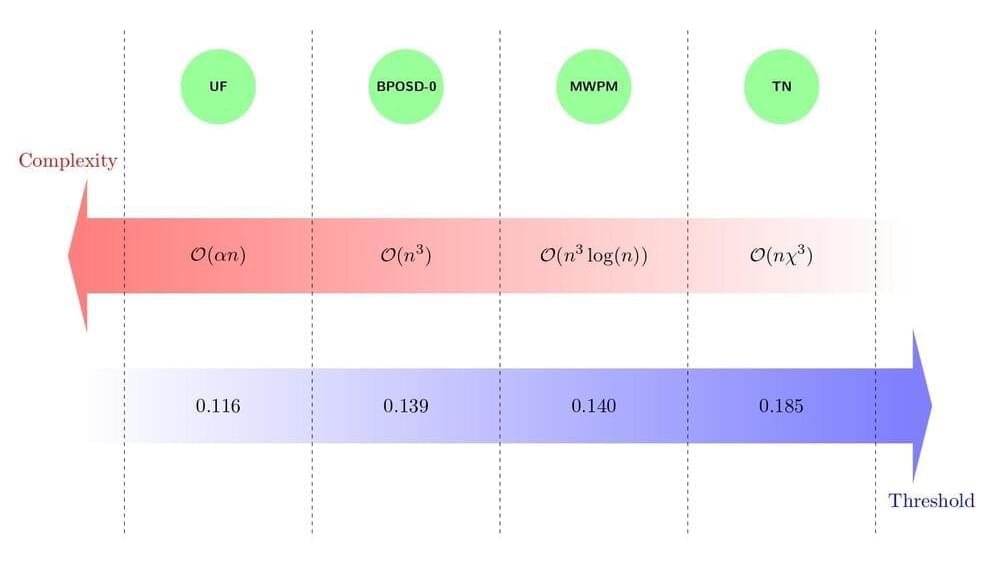
Now in Quantum: by Antonio deMarti iOlius, Patricio Fuentes, Román Orús, Pedro M. Crespo, and Josu Etxezarreta Martinez https://doi.org/10.22331/q-2024-10-10-1498
Antonio deMarti iOlius1, Patricio Fuentes2, Román Orús3,4,5, Pedro M. Crespo1, and Josu Etxezarreta Martinez1
1Department of Basic Sciences, Tecnun — University of Navarra, 20,018 San Sebastian, Spain. 2 Photonic Inc., Vancouver, British Columbia, Canada. 3 Multiverse Computing, Pio Baroja 37, 20008 San Sebastián, Spain 4 Donostia International Physics Center, Paseo Manuel de Lardizabal 4, 20018 San Sebastián, Spain 5 IKERBASQUE, Basque Foundation for Science, Plaza Euskadi 5, 48009 Bilbao, Spain.
Get full text pdfRead on arXiv VanityComment on Fermat’s library.

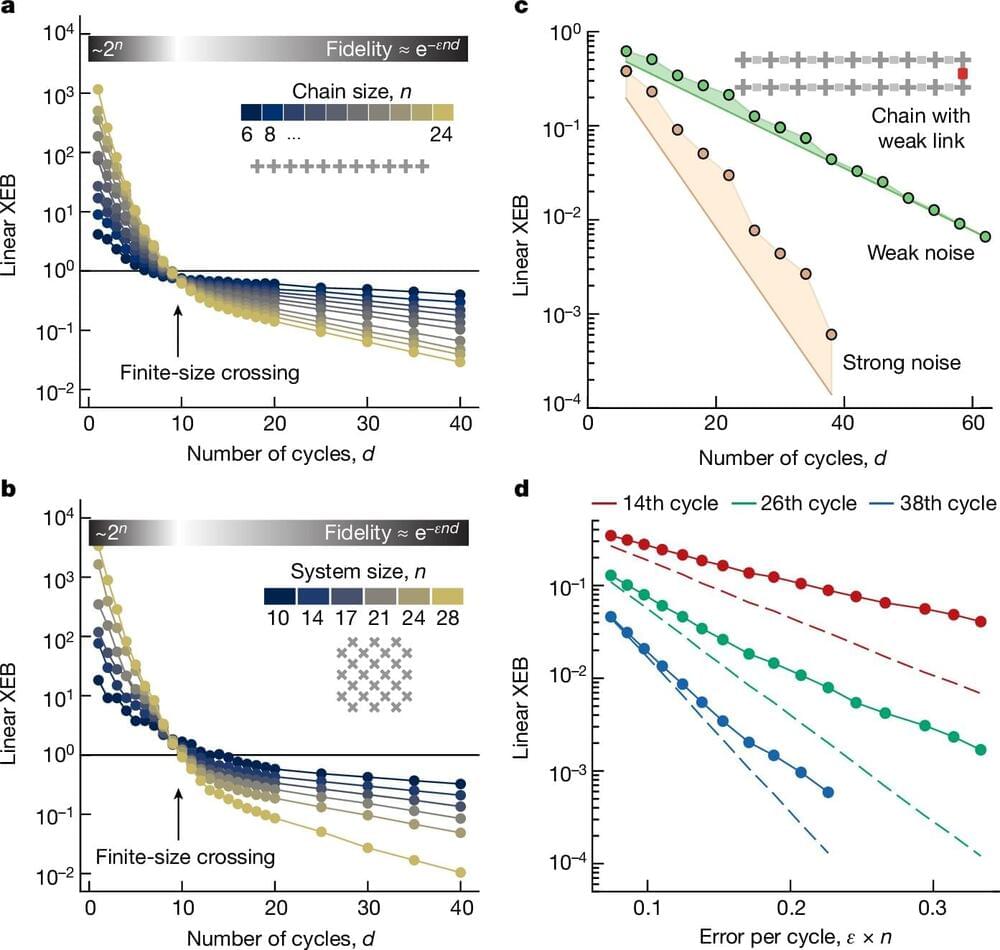
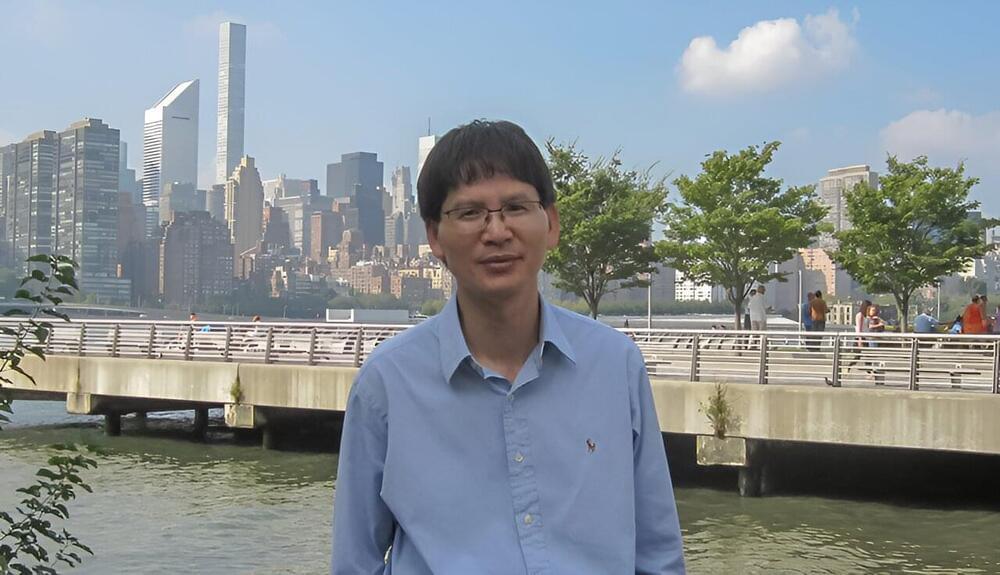
The solutions to these long-standing problems could further enhance our understanding of symmetries of structures and objects in nature and science, and of long-term behavior of various random processes arising in fields ranging from chemistry and physics to engineering, computer science and economics.
A Rutgers University-New Brunswick professor who has devoted his career to resolving the mysteries of higher mathematics has solved two separate, fundamental problems that have perplexed mathematicians for decades.
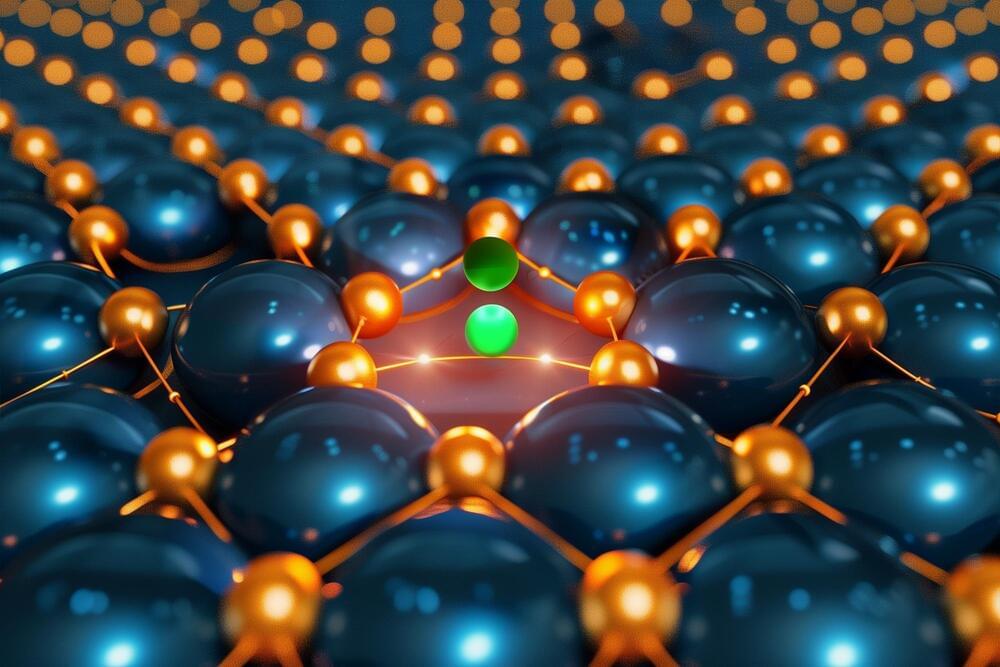
Oak Ridge National Laboratory’s new RODAS technology provides detailed insights into atomic changes in materials, critical for advancing quantum computing.
The method’s ability to analyze materials like molybdenum disulfide without damaging them marks a significant improvement over traditional techniques, offering potential breakthroughs in material science.
A team of researchers led by the Department of Energy’s Oak Ridge National Laboratory has developed a novel method for observing changes in materials at the atomic level. This technique opens new avenues for advancing our understanding and development of materials critical for quantum computing and electronics.

Researchers have developed a novel graphene-germanium hot-emitter transistor using a new hot carrier generation mechanism, achieving unprecedented performance. This advancement opens new possibilities for low-power, high-performance multifunctional devices.
Transistors, the fundamental components of integrated circuits, encounter increasing difficulties as their size continues to shrink. To boost circuit performance, it has become essential to develop transistors that operate on innovative principles. Hot carrier transistors, which harness the extra kinetic energy of charge carriers, offer the potential to enhance transistor speed and functionality. However, their effectiveness has been constrained by conventional methods of generating hot carriers.
A team of researchers led by Prof. Chi Liu, Prof. Dongming Sun, and Prof. Huiming Cheng from the Institute of Metal Research (IMR) of the Chinese Academy of Sciences has proposed a novel hot carrier generation mechanism called “stimulated emission of heated carriers (SEHC).” The team has also developed an innovative hot-emitter transistor (HOET), achieving an ultralow sub-threshold swing of less than 1 mV/dec and a peak-to-valley current ratio exceeding 100. The study provides a prototype of a low-power, multifunctional device for the post-Moore era.
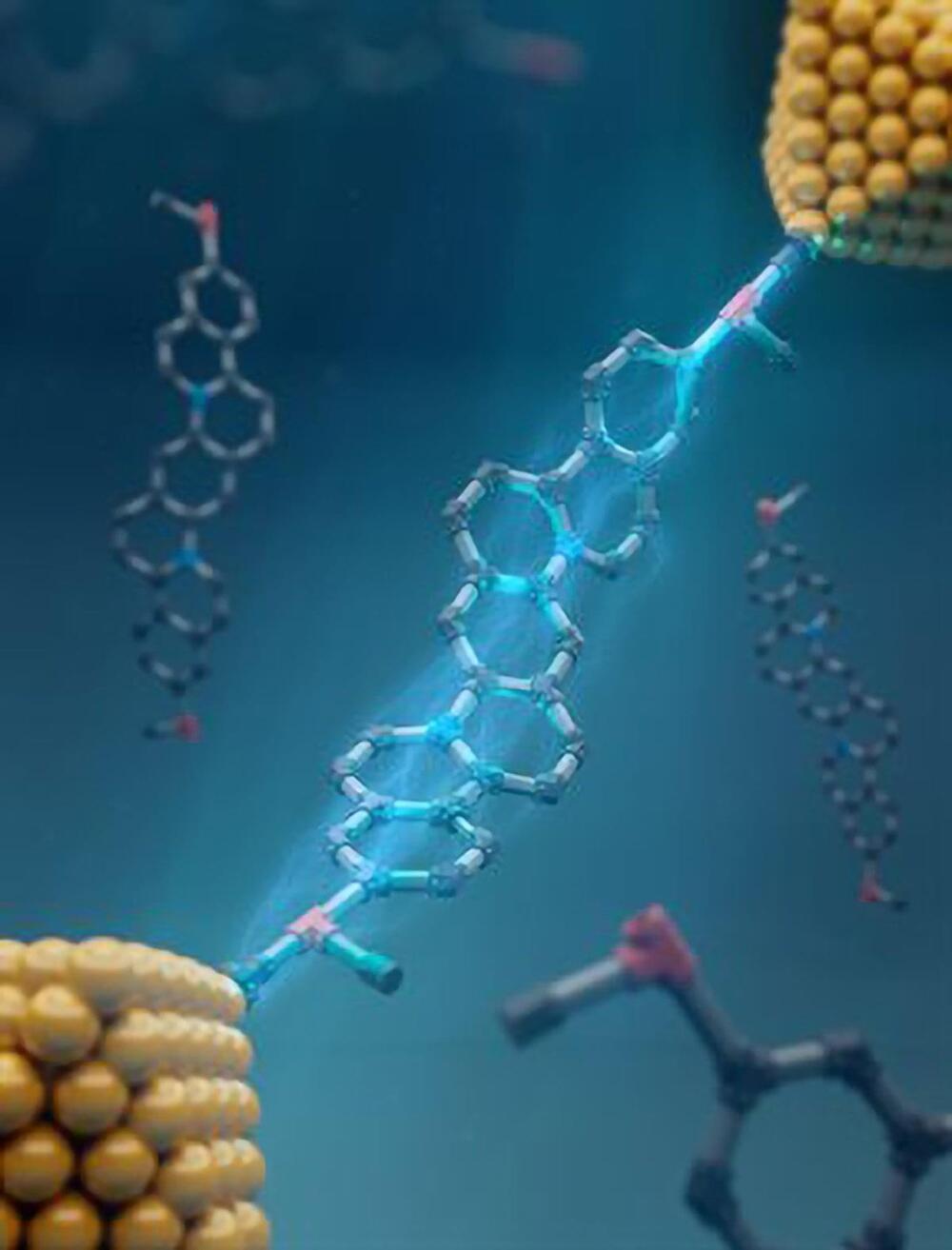
University of Illinois researchers have innovated in molecular electronics by creating stable, shape-persistent molecules with controlled conductance, using a new synthesis method, paving the way for more reliable miniaturized electronic devices.
As electronic devices keep shrinking, physical size limitations are starting to hinder the trend of doubling transistor density on silicon-based microchips every two years, as predicted by Moore’s law. Molecular electronics, which involves using single molecules as the fundamental components of electronic devices, presents a promising avenue for further miniaturizing small-scale electronics.
Devices that utilize molecular electronics require precise control over the flow of electrical current. However, the dynamic nature of these single molecule components affects device performance and impacts reproducibility.

Brookhaven National Laboratory researchers are working to develop ways to synchronize the magnetic spins in nanoscale devices to build tiny signal-generating or receiving antennas and other electronics.
Upton, New York — Scientists at the U.S. Department of Energy’s Brookhaven National Laboratory are seeking ways to synchronize the magnetic spins in nanoscale devices to build tiny yet more powerful signal-generating or receiving antennas and other electronics. Their latest work, published in Nature Communications, shows that stacked nanoscale magnetic vortices separated by an extremely thin layer of copper can be driven to operate in unison, potentially producing a powerful signal that could be put to work in a new generation of cell phones, computers, and other applications.
The aim of this “spintronic” technology revolution is to harness the power of an electron’s “spin,” the property responsible for magnetism, rather than its negative charge.